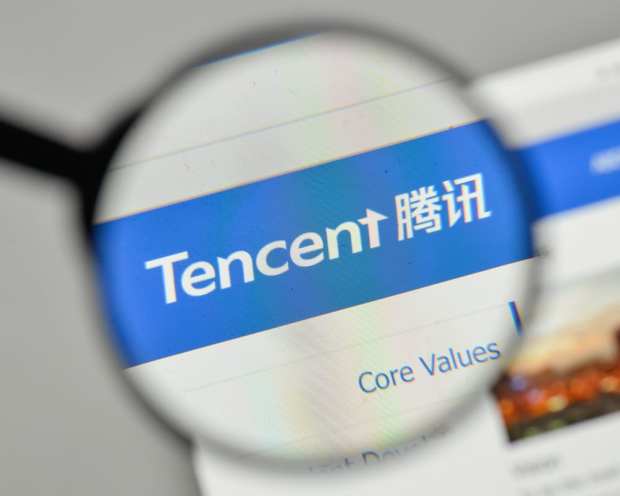Tencent Touts Aggressive Investment Plans

Go big or go home — that could describe Tencent’s aggressive investment philosophy, one whose pace will not ease, according to Martin Lau, president of the China-based internet firm that is responsible for WeChat and other digital tools.
According to Reuters, Lau “said 2018 was the best year for the company in terms of investment” in remarks made at a “closed-door investor conference in Beijing” in January. In 2018, the report said, “a record high of 16 companies it invested in launched” initial public offerings (IPOs).
The news about Tencent’s investment stance comes amid fresh signs that Chinese companies, facing a slowing economy at home, are increasingly looking to tap new markets aboard. Both Tencent and rival Alibaba have poured money into international expansion efforts as well. Tencent late last year took a 12 percent stake in Snap, and has a mid-single digit stake in Tesla. And both of those big firms have a stake in China International Capital Corp. Alibaba just increased its stake in that company to nearly 12 percent, trying to match the Tencent stake.
A look at Tencent’s recent investment activity tells a story about the modern state of eCommerce and the digital economy, and about the demands of online consumers across the world.
For instance, India has emerged as a battleground for online retail and digital, mobile payments, with tech startups in that country raising some $10.5 billion in capital via 924 funding rounds last year. That stands as a funding record for tech startups in India. Tencent was part of that action.
The company invested in a music service called Gaana, along with food delivery app Swiggy, which has a $3.3 billion valuation and raised $1 billion in a funding round in December (it was unclear how much Tencent has invested into the company). Swiggy says it has “the largest active last-mile fleet in the country and a paranoid focus on consumer-centricity,” and that it aims to help customers with more than just restaurant deliveries.
Tencent also reportedly invested in ride-sharing – specifically, Go-Jek, the Southeast Asia ride-hailing company that recently raised a little more than $1 billion in a fundraising round. Other investors were said to include Google and JD.com. Go-Jek is reportedly taking on rival Grab in everything from food delivery to digital payments. Go-Jek entered the digital payments market in the spring of 2016 and by January of 2017, it said Go-Pay accounted for more than half of its transactions.
Mobile banking also has recently attracted investment from Tencent – in this case, via a company called N26 that launched in Germany in 2013. Tencent was part of a $160 million Series C funding round led by Allianz. N26 started life as a financial interface, but soon acquired a banking license and began offering more traditional financial services throughout the European Union. N26 operates in a growing marketplace with a handful of companies launching app-only banking or banking-like services. Most of them are competing for the business of millennials, who are used to conducting all sorts of transactions from their mobile devices.
“I think Tencent and Allianz are a great combination of investors,” N26 Co-founder and CEO Valentin Stalf told a newswire. “In the last 10 years, Tencent became one of the five most valuable companies in the world – it’s a pioneer in mobile payment and also FinTech in general.”
Tencent’s money is also funding FinTech in South America — underscoring again the aggressive nature of the company’s funding plans. Last year, Tencent paid $180 million for an undisclosed minority stake in Brazilian FinTech Nu Pagamentos SA(known as Nubank). As a result of the investment, Nubank is now worth $4 billion, making it one of the most highly valued, privately held startups in Latin America.
The deal also marked Tencent’s debut in Latin America’s largest economy.
Expect more Tencent investments flowing into digitally-minded companies around the world – at least according to the comments from the company’s president.
